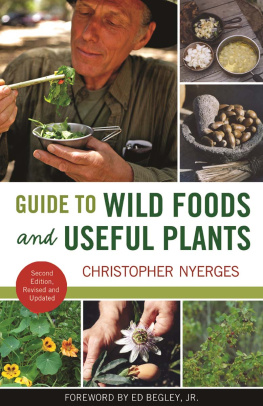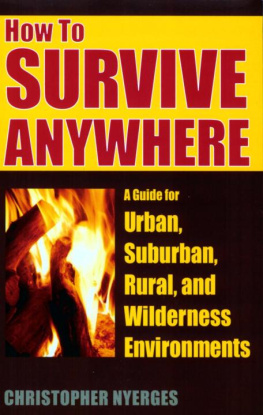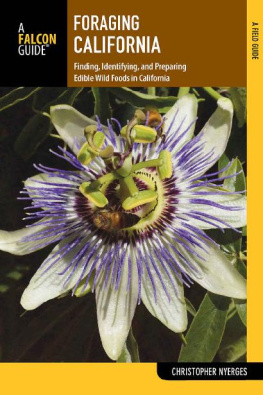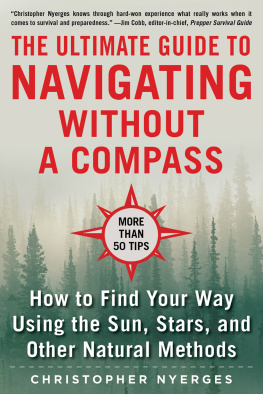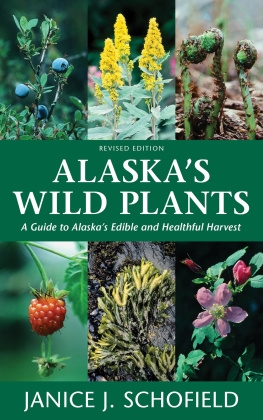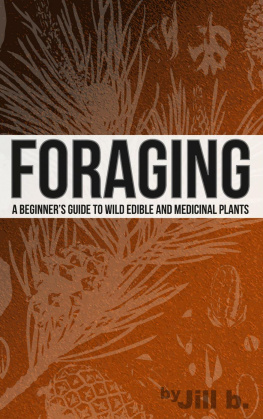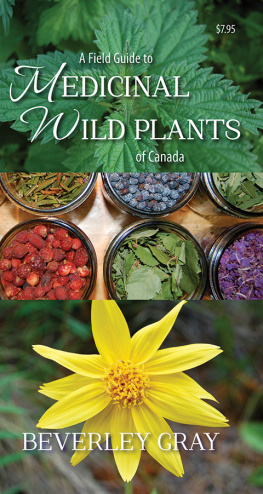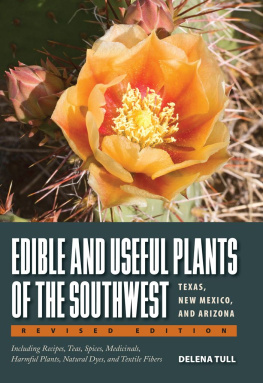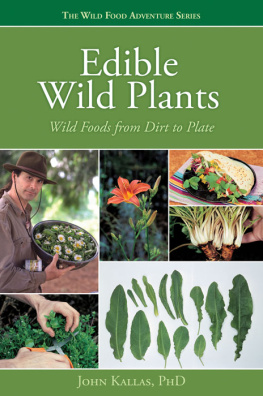
Copyright 2014 by Christopher Nyerges
All rights reserved
Published by Chicago Review Press Incorporated
814 North Franklin Street
Chicago, Illinois 60610
ISBN 978-1-61374-698-1
The author and the publisher of this book disclaim all liability incurred in connection with the use of the information contained in this book.
Questions, comments, and authenticated reports (as requested in the text) should be sent to the author in care of the publisher.
Library of Congress has catalogued the first edition as follows:
Nyerges, Christopher
Guide to wild foods and useful plants / Christopher Nyerges. 1st ed.
p. cm.
ISBN 1-55652-344-0
1. Wild plants, Edible. 2. Plants, Useful. 3. Medicinal plants. 4. Wild foods. I. Title.
QK98.5.A1N94 1999
581.63-dc21
98-49812
CIP
All photographs taken by Christopher Nyerges unless otherwise noted.
Cover photographs: Top left, Nyerges with wild salad: Gina Ferazzi, copyright 2010. Los Angeles Times. Reprinted with permission. Bottom center, passionflower: Dude McLean. All other photos by Christopher Nyerges.
Cover and interior design: Sarah Olson
Printed in the United States of America
10 9 8 7 6 5 4 3 2 1
Contents


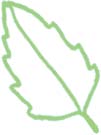





Index
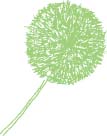
Foreword
Most children entering grade school these days can identify, by sight, hundreds of name brands. Hold up a flash card with three red diamonds and, though some will mispronounce, most will know were talking about Mitsubishi. Display the next card with a white apple, and they understand were pitching a computer, not an edible addition to their lunch sack. And show any child on the planet twin arches painted gold I dont think I need to go on. These same children can identify two or three plants, at best.
How did we get to this place as a society?
Not so long ago, we maintained a connection to the soil and the earth. We realized our place in the natural world and sought to maintain a balance with it. Some cultures still do, but their numbers drop precipitously every year. Is this the direction we should be headed? Is dirt just a place to put a house, an apartment complex, or a high-rise? What is the value of idle land, when we could be erecting factories to employ hundreds, indeed thousands, of people?
Though we all labor under the illusion that we get our paychecks from these same factories, we do not. Though we feel snug in our homes and apartments, they are not the ultimate source of our security. All the many species that inhabit the planet get their real paycheck from the idle field, the unused forest, the unmined oceans, which supply the air, the soil, the water, the very elements we need for survival. We now have more shopping malls than high schools in this country. Im certainly not suggesting we do away with either, but we need to strike a balance between the worlds of commerce and education. We need to educate our children about the web of life that supports us all. Christopher Nyergess book offers such an education.
Though I have great admiration for Christopher and those who can live a truly spartan existence, I live in a home and always will. I work in a movie factory and probably always will. But we must all learn more about the plants and animals that share our home and revere them for the incredible job they do of keeping our world in balance.
I have learned what little I know about the many plants that surround us in California very late in life by walking in the hills with Christopher Nyerges and from reading and rereading an early version of his book Guide to Wild Foods and Useful Plants. I suggest readers do both.
Ed Begley Jr., actor and environmentalist
Acknowledgments
Id like to especially thank Ernest and Geraldine Hogeboom and Richard White for their original support of the wild food outings (which began in 1974) and with this book. Also, I thank Dr. Leonid Enari who I consulted from the beginning of this project, and who offered many ideas. And I thank my wife, Dolores, who added many suggestions along the way. Proceeds from this book help support the School of Self-Reliances educational activities, such as the wild food outings and various youth programs in the Angeles National Forest and throughout Southern California.
Christopher Nyerges
Introduction
When we allow our minds to reflect on the broad expanse of human experience in past millennia, we can see that most peoples were intimately involved with the plant kingdom. Knowledge of and interaction with plants was simply part of The Way. Today, though weve created vast amounts of material abundance, we seem to have lost our way in our technological wilderness. We have forgotten our roots. Our consumer-oriented capitalistic way of thinking and living has lulled many of us into believing that we are above all that, and we show our scorn for unwanted nature by attacking wild plants with poisons, weed whackers, and hoes. How far weve drifted.
The original concept for this book was an emergency survival manual. Someone who was lost, stranded, or otherwise without the conveniences of modern civilization could pick up this book and identify plants for making meals, medicine, and tools. Of course, it is far better to learn such skills as a normal part of everyday life, and not just as something to do in an emergency.
NOMENCLATURE
The Latin names in this edition will conform with The Jepson Manual: Higher Plants of California, 2012 edition. Where there is a new Family, Genus, or Species name from this previous edition, the text will explain, formerly known as x.
I have collected the information and used the techniques described in Guide to Wild Foods and Useful Plants for over 40 years. My goal in writing this book is to educate and to instill appreciation for the floral wealth that continues to grow everywhere. We hope that by reading this book you will gain a heightened sense of responsibility to be a keeper of the flame, to strive to learn and use the ancient skills of self-reliance.
This book is written so that it can be easily used in the field or at home. The photographs, illustrations, and descriptions of the various parts of the plant should make identification easy. In addition, a comprehensive glossary defines the terms youll come across as you read this book. We welcome authenticated reports from readers to add to this book in future editions (see copyright page for instructions).

